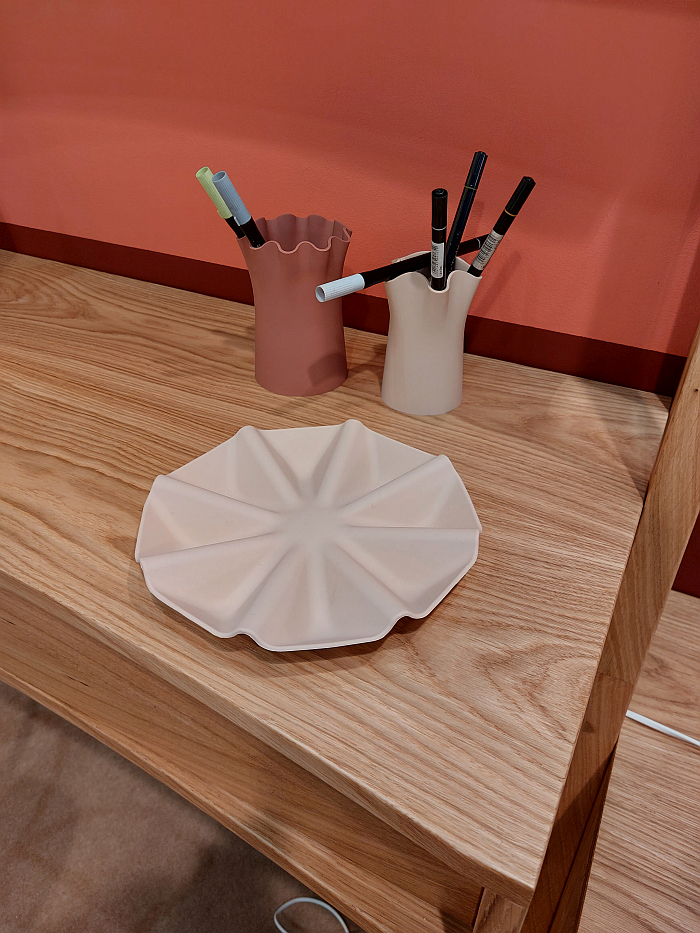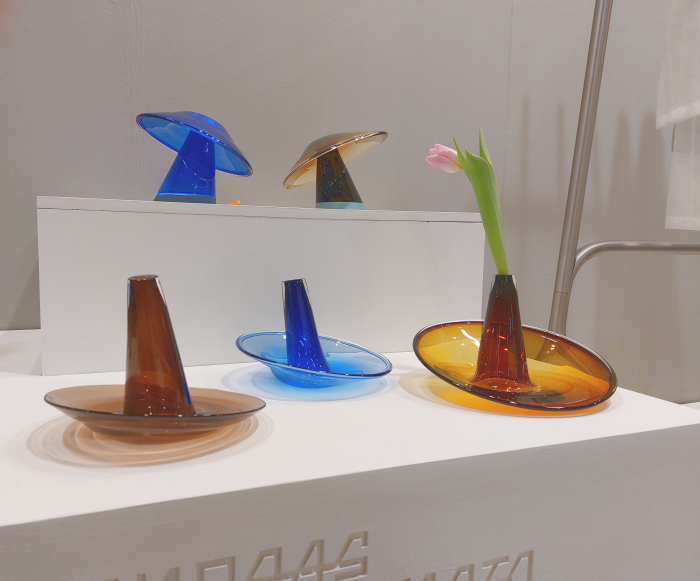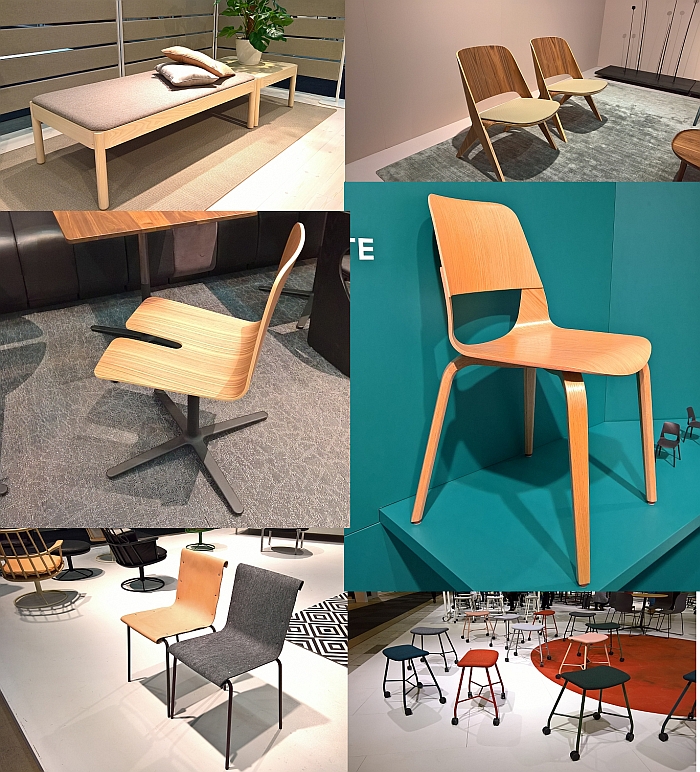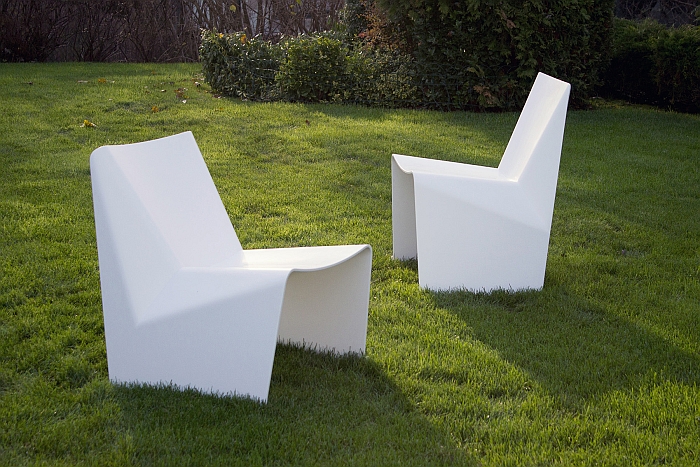Otthon Design Budapest 2024 Compact: Bold Collection by András Kerékgyártó for Brave Home
Stockholm Furniture & Light Fair 2018: High Five!!
One of the most striking aspects at Stockholm Furniture and Light Fair is the way the various Scandinavian manufacturers try to impress how old they are. Arguably on account of the sheer concentration of Scandinavians at the region’s premier furniture and lighting trade fair, you will rarely find so many in one place at one time, all seem locked in a battle to claim the status as oldest, to lay claim, as it were, to being the elder statesmen of the guild.
Established in 1964 screams one stand. Founded in 1907 another. Since 1869. Etablerad 1724. Constituted in 1079 in the reign of Harald the Soft. Et cetera. Et cetera. Et cetera. Further and further back into the ether of time.
One suspects the reason is that given the relative similarity of the products on display, each is keen to show that they have been doing it longer than the rest.
Yet the question isn’t who has been doing it the longest, but who is doing it best.
Or perhaps better put, elsewhere the question wouldn’t be who has been doing it the longest, but who is doing it best; but we’re talking about the furniture industry, an industry which in its heart has always been about taking inspiration from others. Something which increasingly means a focus on a few universally accepted archetypal “Scandinavian” forms: and not just amongst Scandinavians, we also spotted a few non-Scandinavians trying their utmost to claim a northern heritage.
Which shouldn’t be taken as meaning that all the stands were carbon copies of one another, that all had identical portfolios and nobody was trying new things. Nor that there weren’t objects of merit on show. It doesn’t. Far from it. Such isn’t our intention. Should however be taken as meaning that throughout the fair one is and was regularly greeted by variations on a very small number of basic forms. If you will by the fundamental geometry of understandings of Scandinavian design.
Yet, and much as we argued in our post from IMM Cologne on the 118 by Sebastian Herkner for Thonet, for us things get difficult when the object, the form, becomes the main focus of attention, rather than the thinking, processes and traditions which led to the object, the form, achieving its exalted position. And considerations on such were, for us, too infrequently on display. Or at least drowned out by the shouting
As ever we may have missed things, we’re certainly not claiming totality, not least because our list is by necessity limited, with that in mind, and in no particular order, our Stockholm Furniture and Light Fair 2018 high five! six!
smow blog 2015. A pictorial review: November
November 2015 was a month of exhibitions, including Konstantin Grcic at the Grassi Museum Leipzig and Anton Corbijn at C/O
smow Blog Interview: András Kerékgyártó – We need a more open, honest discussion around design in Hungary
The history of furniture design has an unignorable, if subtle and background, Hungarian accent; Marcel Breuer was one of the driving forces at Bauhaus and through his work with steel tubing, moulded plywood and sheet steel he helped advance ideas of contemporary furniture design, and continues to inspire; Paul László was one of the genuine pioneers of American industrial design and contributed to George Nelson’s first Hermann Miller collection in 1948; and while Ernő Goldfinger may be best known for his brutalist architecture, and being the name giver for James Bond’s most aureate and alluring adversary, his experimental furniture works very neatly predict the development of post-modernism.
More recently Hungarian designers have had less to say, have been conspicuous by their absence on the international scene; however, as we noted in our post from the exhibition madeinhungary at Budapest Design Week 2014, that may be slowly changing.
Or rather Hungarian designer András Kerékgyártó noted that things may be slowly changing. We merely quoted him.
smow blog 2014. A pictorial review: October
……and continued over Budapest and on to Berlin – where amongst other delights we partook of the exhibitions Sensing the
Budapest Design Week 2014: Biela by András Kerékgyártó
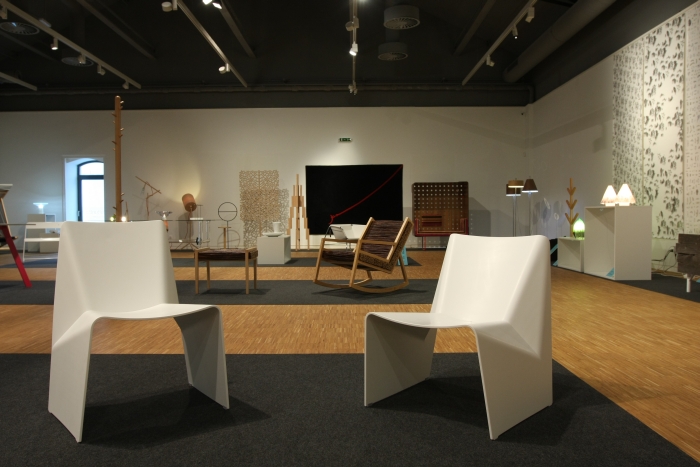
The history of furniture design is famously also a history of experimentation, re-configuring, re-thinking and often of designers changing materials
